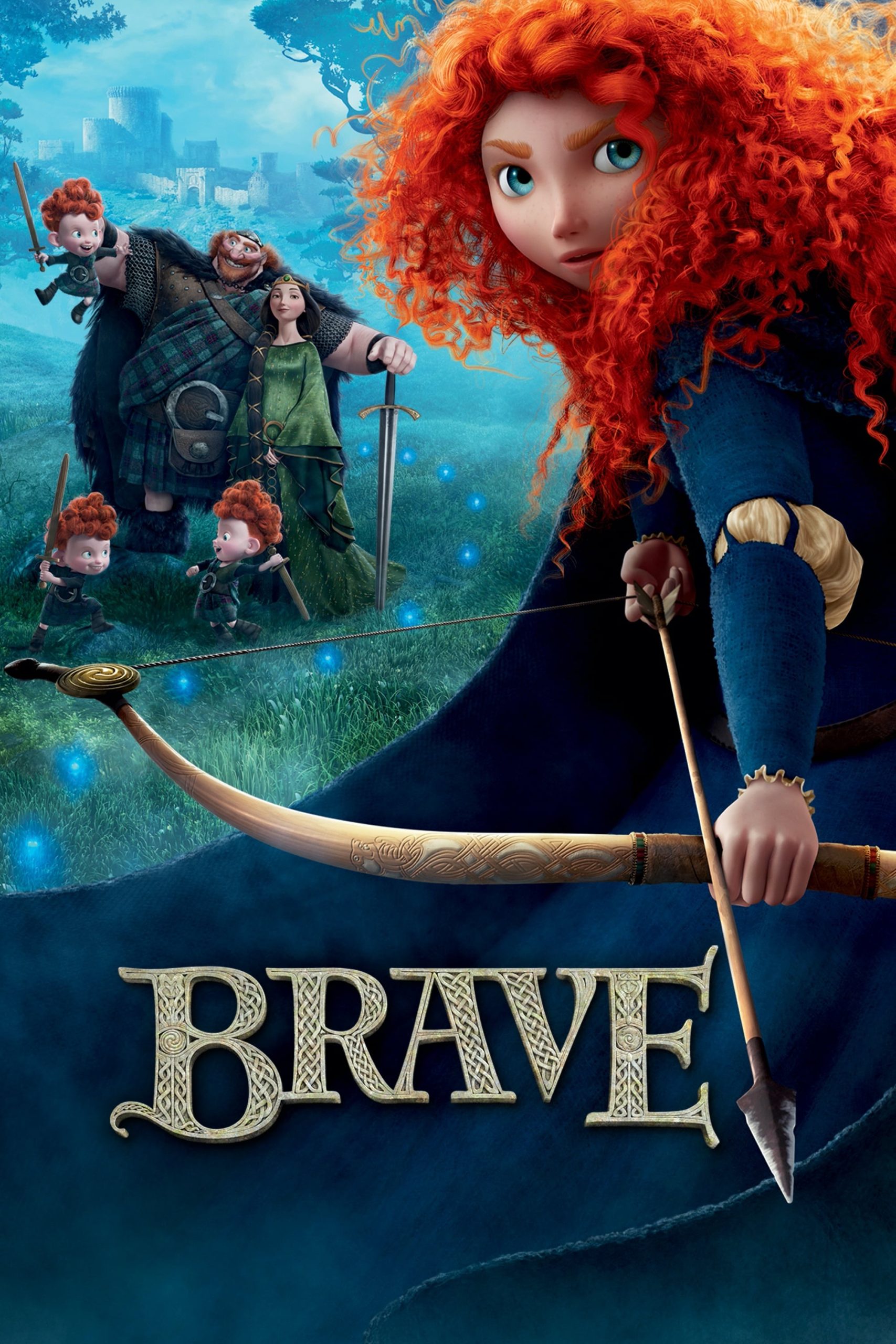
Brave is set in the mystical Scottish Highlands, where Mérida is the princess of a kingdom ruled by King Fergus and Queen Elinor. An unruly daughter and an accomplished archer, Mérida one day defies a sacred custom of the land and inadvertently brings turmoil to the kingdom. In an attempt to set things right, Mérida seeks out an eccentric old Wise Woman and is granted an ill-fated wish. Also figuring into Mérida’s quest — and serving as comic relief — are the kingdom’s three lords: the enormous Lord MacGuffin, the surly Lord Macintosh, and the disagreeable Lord Dingwall.
08 Feb Brave (2012)
Engineering
Steve Jobs remade Apple, embedding a very specific philosophy. Usually called ‘design,’ the idea is simple and the goal is simple. Have a vision of what you want to accomplish, a clear vision. Then engineer to that vision, ruthlessly eliminating all else. It sounds simple, but no Apple competitor has been able to emulate the approach; it is usual to start with a list of features and jam as many in as you can.
Jobs had far less work to do with Pixar because they started as an engineering shop and ended up making movies. The stories are effective because they are carefully engineered, based not initially on intuition, but on the science (such as it is) of narrative dynamics. As Pixar matured, they started to engineer the cinematic techniques as well.
Now Pixar is part of the Disney machine, and Disney has a princess franchise to feed, and I am sure that a very specific set of goals was supplied to Pixar to engineer to. So we have the story and the rather blunt girl-mother issues that apparently have market traction. You, dear viewer, will be in their scope and satisfied with the engineered results or not. I don’t care much about that.
What I do appreciate is the parallel engineering, the cinematic engineering. Pixar in the past has been experimenting with space, particularly the position occupied by the camera and the space that is defined around it. Lots of consideration of dimension that gives something like a visual score. Sometimes it directly supports the goals of the story; sometimes it does so indirectly by just making the images more enticing.
I think what they did here is fascinating. The spatial experiments are muted, at least the space occupied by the action. Instead, the space around the chief character’s head is engineered, no doubt using proprietary motion technology. You can see it in two recent Pixar patent applications (12/717,530 and 12/717,540) with the implementation here using NURBS rather than polygons. As a matter of hidden history, the technique of using linear NURBS to define things like hair came directly from military aircraft radiation modelling for stealth.
But that is another story. What interests us here is the ability to both realistically emulate the effect that curls of hair have in gravity, wind jostling and rubbing up against each other, and the agent system where tufts to have some individual character and personality within the assembly. They are characters in their own filmworld. The more glum I got over the story-in- front, the more joy I was able to find in what they did with this hair. Some of the 1500 individual curls work against the assembly just as Merida works against her constraints.
The personality of each of the tufts remains the same throughout the film, but the nature of the agentworld of the tufts develops.
Because they have to emphasise the hair, they de-emphasize hair elsewhere. For instance, the bearhides are from a bygone technology. The snow that originally would have used the same technology and echoed the hair dynamics would have made a great film. But ‘creative differences’ and a shift in the director killed this.
Red hair in cinema has a long history, and it can be said that film at least clarified certain stereotypes. I have a small project tracing the development from ‘It!’and following black and white films where the red was known from tinted fan magazines, through Technicolor. Many actresses were forced to dye their hair just so the filmstock would register their skin properly. By then we had the three main archetypes.
Merida has a rare double swirl. Fantastic research on that account.
So, an engineered hairworld, as a collection of characters, acting as a character to subvert the Disney constraints. Too bad about the original visionary leaving. Jobs would not have allowed it.
Posted in 2012
Ted’s Evaluation — 3 of 3: Worth watching.


No Comments